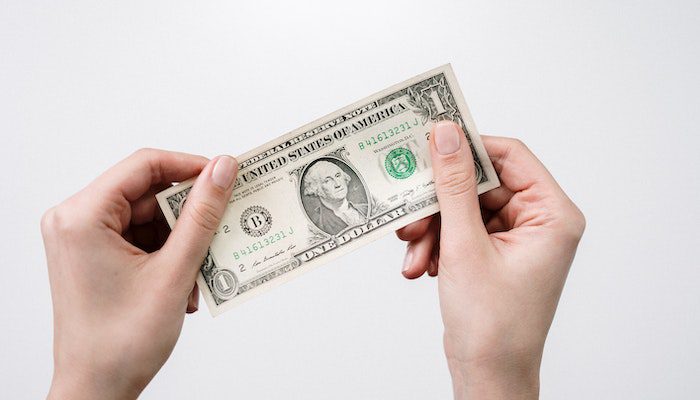This article will center on the relationship between the United States dollar exchange rate and purchasing power.
We will deliberate on how the purchasing power is affected by exchange rate as well as the factors that affect purchasing power.
Below are the questions will be try to answer in connection with the relationship between dollar exchange rate and purchasing power.
How does exchange rate affect purchasing power?
What Factors affect Purchasing Power?
What is the link between Purchasing Power Parity, Inflation and the Exchange Rate?
Grab a sit and let’s talk about this.
What is Dollar Exchange Rate?
The United States dollar exchange rate can be seen as the sum of a foreign currency’s unit that will be needed to purchase one U.S. dollar. It is the value of another country’s currency when converted or changed to U.S. dollar.
For example, if the rate of one dollar to one British pound is 1.30, it means that it will take 1.30 British pound to buy one dollar. We can now say that the exchange rate of dollar to pound to 1.30.
The exchange rate of the United States dollar rises and falls based on the global foreign exchange demand and supply.
What is Purchasing Power
This is simply the value of a sum of money or how much a currency can buy goods and services. The purchasing power of a currency translate to the value of goods and services it can afford compared to other countries’ currencies.
For example, if one U.S. dollar can buy a wristwatch, but it takes 2 Canadian dollar to buy the same wristwatch, we can say that the U.S. dollar has more purchasing power than the Canadian dollar.
The purchasing power of a currency deals mainly on the value of the currency with regards to the worth of goods and services it can buy. It can also be said to being described as the worth of other currencies it can exchange for in the global foreign exchange market, this is relative though.
We can also say that the economic model that differentiates the price level of goods and services in the United States and the price level of the same goods and services in another country translate to purchasing power parity.
How does exchange rate affect purchasing power?
The exchange rate of the United States dollar against the currency of other countries affects its purchasing power. When the prices of goods in the U. S. increases, the consumers will need more dollars to buy the goods, this reduces the worth of the dollars and its purchasing power.
Let us explain this a little, when the exchange rate of the U.S. dollar drops, it affects importation negatively and gives rise to an increase in prices of imported goods. Domestic purchasing power is diminished and inflation sets in when businesses pass this higher costs of goods and services to consumers.
A currency is said to have a high purchasing power when it can buy a higher volume of a particular level of goods as compared to the volume of the same goods that other currencies can buy.
What Factors affect Purchasing Power?
The purchasing power of the United States dollar can be affected by three main factors namely; inflation, currency exchange, and prices of goods and services. Now, let us give you a brief explanation on how these three factors affect a currency’s purchasing power.
1. Inflation: This is the top enemy of purchasing power, inflation attacks the purchasing power of a country’s currency directly. When the prices of goods and services gets high, the value of the currency drops and its purchasing power drops as well.
However, if inflation is reduced in a country and the price of goods and services reduces, the purchasing power of the country’s currency is increased.
2. Currency Exchange: a fluctuating exchange rate has an effect on the purchasing power of a particular currency especially in countries that are import-dependent. If the U.S. dollar is devalued by another country’s currency, the prices of goods from the devaluing country will be higher when imported to the United States. In a developing country like Nigeria, the exchange rate of 1 dollar to naira is about N440/$.
Though the purchasing power for domestic products will not be directly affected, business owners in America who rely on materials or suppliers from the devaluing country will pay more to import those goods. This will result in an increase in the price of goods that will be sold to consumers, which leads to lower purchasing power as well as inflation.
3. Prices of Goods and Services: One of the most important factors that affect purchasing power is the price of goods. One thing to note it that an increased in prices of goods is not always a product of a fall in the currency value, other factors like high tax rates and availability of goods can cause an increase in the price of goods and services.
Once the prices of goods and services get higher, the purchasing power of the country’s currency drop.
What is the link between Purchasing Power Parity, Inflation and the Exchange Rate?
There is an obvious link between purchasing power parity, inflation and the exchange rate in a given country. Prices of goods and services are linked to the exchange rate of the country’s currency, this is done through the purchasing power parity. According to the purchasing power parity, a country that has a relatively high inflation rate should have a decline in the value of its currency, this means a low purchasing power.



































